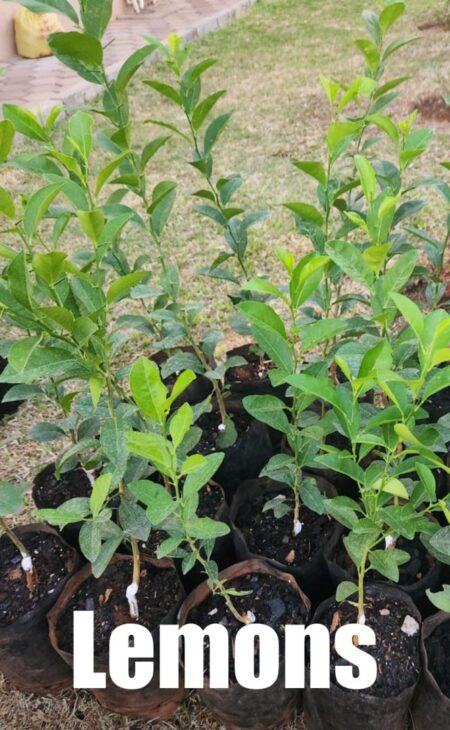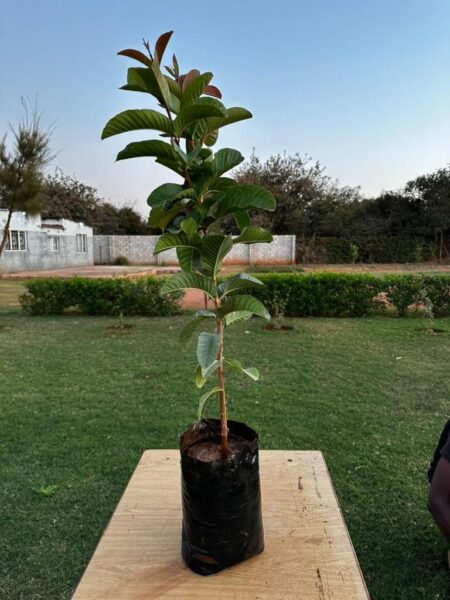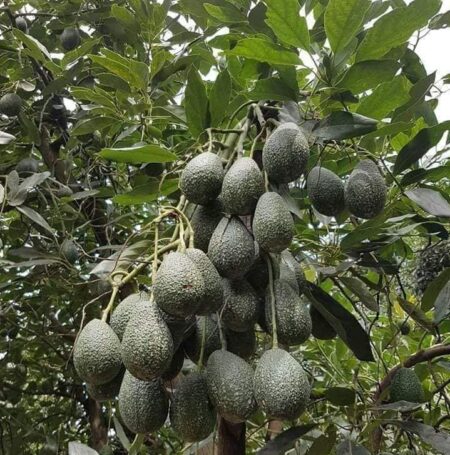Pomegranate (Punica granatum) is a fruit-bearing deciduous shrub or small tree that is widely cultivated for its flavorful and nutritious fruits. Here are key features of the pomegranate plant:
- Fruit:
- The pomegranate fruit is large, round, and typically about the size of an apple. It has a thick, leathery rind that can range in color from yellow and orange to pink and red, depending on the variety.
- The interior of the fruit is filled with juicy, jewel-like arils. Each aril contains a seed surrounded by a sweet and tangy pulp.
- Flowers:
- Pomegranate plants produce attractive, trumpet-shaped flowers. The flowers are typically bright red or orange with a tubular structure.
- Leaves:
- The leaves of the pomegranate plant are glossy, narrow, and oblong. They are arranged opposite each other on the branches.
- Cultivars:
- There are various cultivars of pomegranate, each with its own unique fruit characteristics, such as size, color, and flavor. Some well-known varieties include ‘Wonderful,’ ‘Hershey’s Red,’ and ‘Eversweet.’
- Growing Conditions:
- Pomegranates thrive in regions with a Mediterranean climate, characterized by hot, dry summers and mild winters.
- They prefer well-draining soil and can tolerate drought conditions once established.
- Health Benefits:
- Pomegranates are rich in antioxidants, vitamins, and minerals. The consumption of pomegranate and its juice is associated with various health benefits, including potential heart health benefits.
- Culinary Uses:
- Pomegranate arils are commonly consumed fresh or used as toppings for salads, desserts, and various dishes.
- Pomegranate juice is a popular beverage and is also used as an ingredient in cooking and cocktails.
- Symbolism:
- Pomegranates have cultural and symbolic significance in various traditions. They are often associated with fertility, abundance, and prosperity.
- Medicinal Uses:
- In traditional medicine, various parts of the pomegranate plant, including the fruit, seeds, and peel, have been used for their potential medicinal properties.
- Ornamental Value:
- Pomegranate plants are sometimes grown for their ornamental value in gardens and landscapes, featuring both attractive flowers and fruits.
Pomegranates are not only appreciated for their delicious and versatile fruits but also for their cultural, symbolic, and potential health-related significance.















